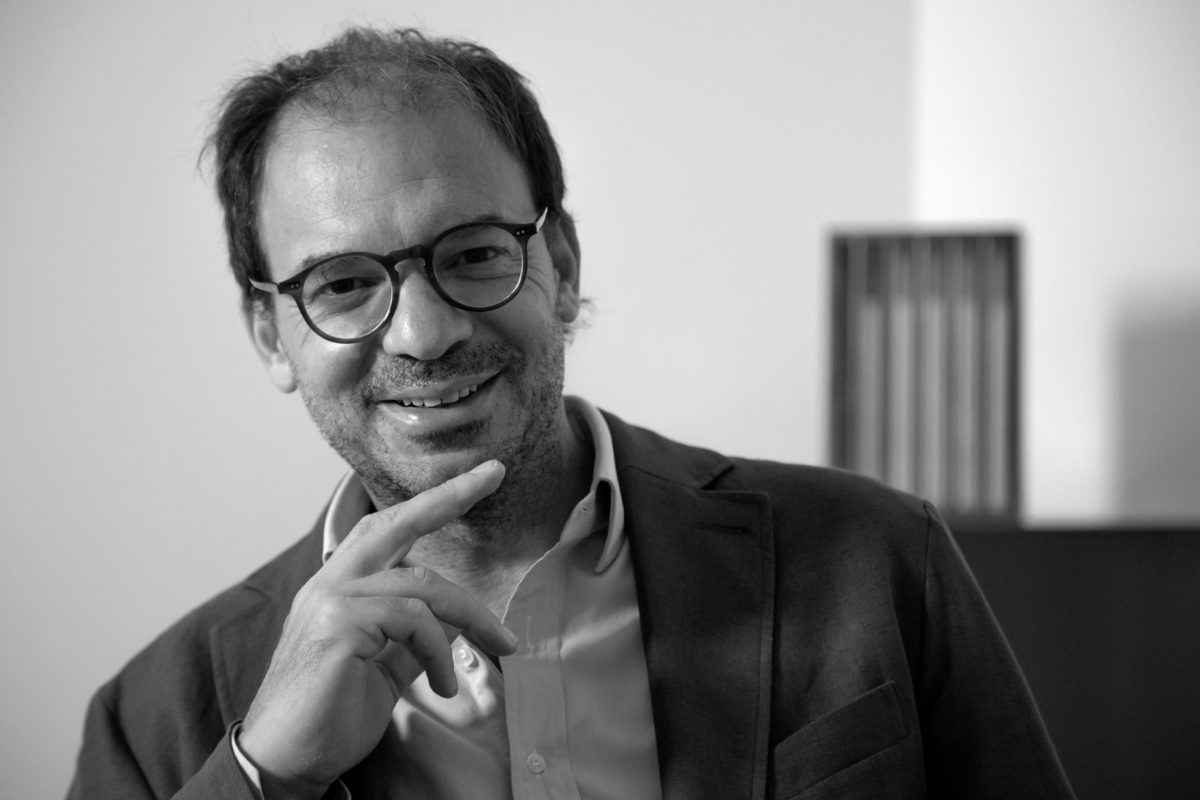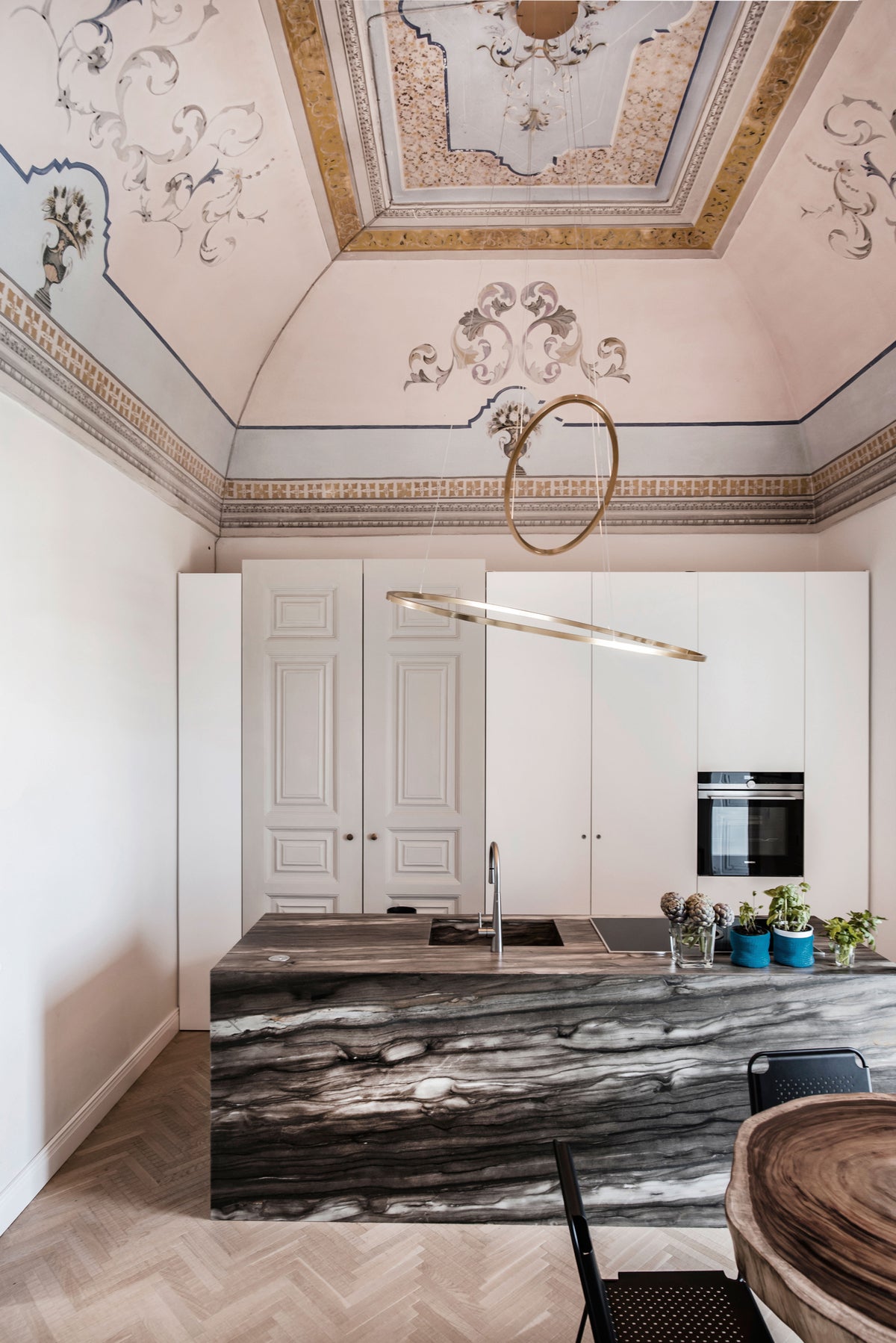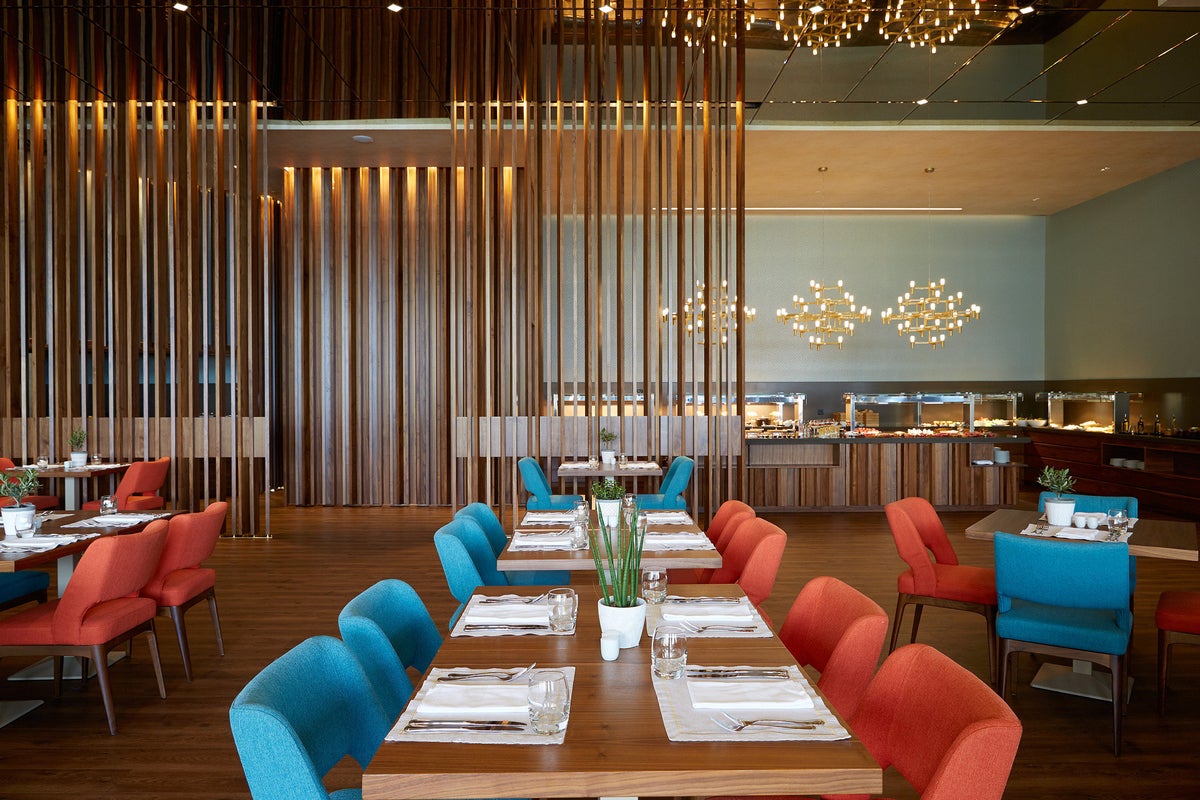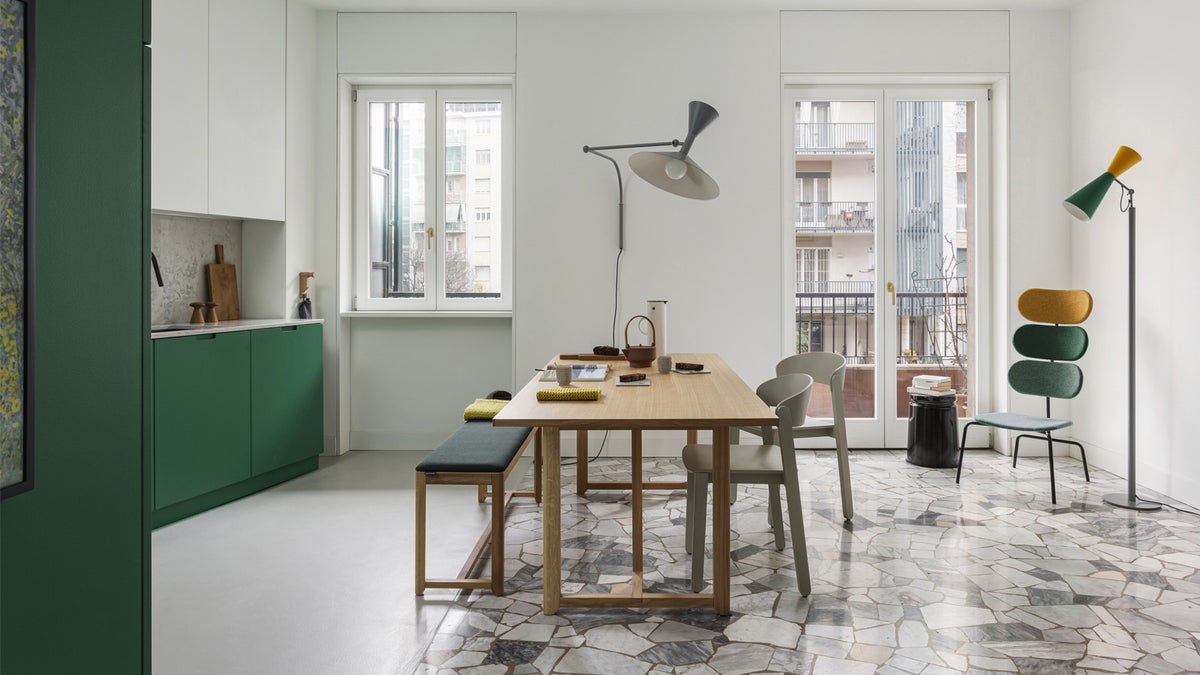[ad_1]

Nemo CEO Federico Palazzari didn’t go to art school. He wasn’t born into a family lighting business. Instead, it was the rule of law that led the designer behind the Ellisse collection to a thriving career in lighting. Since taking ownership of Nemo, Palazzari has curated a world-class catalogue that includes archival reissues as well as modern lighting solutions that range in size and scale from tasteful, modern home installations to vast solutions for museums and theaters.
Palazzari was raised in a family of lawyers, so his rise to studying at Rome’s lauded La Sapienza didn’t come as a surprise. Providing legal counsel for the iconic lighting firm Artemide was the tipping point for Palazzari, who recalls being perpetually inspired by the shapes and lines that define modern lighting: Artemide founder Ernesto Gismondi personally encouraged Palazzari to trade his legal pad for a sketchbook.
Palazzari was in his early 30s at the time and gladly moved from Rome to Milan, purchasing Nemo from furniture design giant Cassina, and in the decades since, he has worked with countless designers and style icons to redefine how we light our lives.
We sat down with Palazzari to discuss his approach and what it takes to go from the courtroom to the studio, all while building one of Deloitte’s “Best Managed Companies.”

Photo by Claudio Palma, courtesy of Nemo.
What is your personal design philosophy/mission statement?
If we go back to the etymology of the word design, we arrive at the Latin verb signare, which means to mark or identify a sign. In other words, the essence of our job lies in creating design objects to mark a precise statement. Or to insert elements into our daily lives that had not yet been categorized. It is not about drawing something, but about bringing something to life through drawings that are conceptually new, that have a certain positive aesthetic element and that have a degree of innovation. If projects lack these elements, it is not a question of actually designing something, but only of drawing an object. If you look at current lighting production with these eyes, you cannot fail to notice that the vast majority of lighting collections are just drawn, not designed. There are current lifestyle elements, but the word design can only be attributed to a relatively small segment of architects and designers.
Good light is the right light.
Federico Palazzari
What makes for good lighting—is there more to it than simply illuminating a space?
Essentially, it is quite easy to achieve good lighting. Today we have a bizarre tendency to overdo the amount of light we want. Good light is the right light. Especially when it comes to domestic and hospitality spaces, where shadow cones and nuances are as essential as light. To draw a parallel, we can say that light is like air conditioning. It is useful, but when it is too much, we freeze. Just think of the unpleasant feeling you get when entering a super-cold room, the same feeling you get when entering a poorly or excessively lit space.
You attended military school and read law before moving to Milan to design lighting—how did that transition come about?
Military school in the Italian Navy from the age of 15 was a very formative process that made me acquire a lot of diligence, a fundamental ingredient of any entrepreneurial story. In addition, I was able to be very close to my favorite environment, which is water. I then read law, following a family tradition. I started practising in an international law firm, which dispatched me to Asia for my pupillage. Among the firm’s clients was Artemide and so, by chance, as a junior lawyer I met Ernesto Gismondi, founder and CEO of the company. I liked the guy, the design and his passion for sailing. At the age of 27, starting from scratch, I decided I wanted to do something similar. A somewhat peculiar way of inventing a new career. The beginning was very difficult. No money, no ideas, no feeling for anything in the world of lighting design. It took years of work and curiosity to create an expertise. Now we are definitely one of the most successful lighting groups in Europe.
And you’ve lived in Asia; how does your locale inform your design perspective?
Living in Asia and getting to know that world was like doing a master’s degree in cultural and social sciences. Something extremely helpful in the development of my personality, which is very open to explore new things.

Photo by Heinz Troll, courtesy of Nemo.
What is your design process? Does it start in the studio, or does inspiration strike you in unexpected ways? What is the most unexpected thing you’ve found inspiration in?
Inspiration most often comes from meeting people. More than from vision, for me. My job is to work with people who have brilliant ideas. Inspiration is not related to me directly, but to encounters with people.
And then how does something go from an idea to a design to an actual product?
At Nemo, what leads and has inevitably led to new projects is the technological development related to LEDs and the miniaturisation of electronics, which has allowed a wide freedom of expression. It is not the search for new performance that leads to novelty. The language changes towards structures that are apparently less complex, but technically more advanced and performing.

LIVREA VERDE, Milan 2021. Photo by Simone Furiosi, courtesy of Nemo.
Can you share some details about Nemo’s juxtaposition of the exclusive Masters collection against more modern works like your Ellisse line?
Nemo’s aim is to shift paradigms in lighting and conceive lighting solutions with unique aesthetics and at the same time high performances, ensuring that the beauty values that characterise design spread through space and time while satisfying technical requirements. Nemo is working simultaneously on the development of both collections: Decorative and Architectural. The purpose is to keep integrating them harmoniously into projects: in residential but also in museum, retail and hospitality. In terms of product development, the company is committed to creating a fil-rouge between these two collections, establishing a dialogue that leads to a healthy contamination between style and technology. They represent different chapters of the same book: the constant continuity in a diligent approach to taking the risks of creating something that was not available before. Collaboration with contemporary designers comes at the end of the chapters in accordance with the company’s spirit of discovering emerging talent.
How key is the “Made in Italy” pedigree to your own work and that of your company?
The Italian pedigree is something which is a general platform made of closeness with a number of super sophisticated suppliers with an heritage, as Italy is where the major Italian companies of design were founded. And, if you like, something even deeper, which is our history and our culture; it’s an element that cannot be replicated and with which we have built this incredible asset which is the Italian design world. We breathe Italian heritage everywhere. It’s something very automatic, like when you are born by the sea you know how to swim. It’s everywhere—in the company, in the people, in the spirit and in the feeling—we are very lucky, but it’s a big responsibility to use these as a base for our future development.
How do you design alongside changes in the industry as far as new technologies, techniques, sustainability needs and other developments?
The approach we use daily is that of kalós kái agathós [beautiful is also good], which is embodied in the use of materials that are key in recycling processes, such as aluminium and steel, energy-efficient lighting systems and packaging that reduces shipping volumes so that transport has a minimal impact in the creation of CO2. We also like to talk about ‘everyday sustainability,’ i.e., the series of little, constant, diligent daily steps that are part of the corporate culture and that contribute every day to take us in the only possible direction.
What keeps you going? What keeps your creative energy charged? What’s next?
The next big, very up-to-date news is of another acquisition in the lighting industry; a historic, high-end company that will further complete our product’s offer. This is also part of our daily life, trying to bring together companies that head in the same direction, even though they operate in different fields.
Stay tuned to see what is next for Nemo and where the brand is expanding in the near future.
The post Q+A with Federico Palazzari, CEO of Nemo first appeared on The Edit: The Lumens Content Library.
[ad_2]
www.lumens.com










